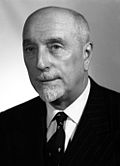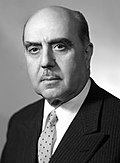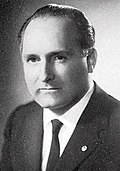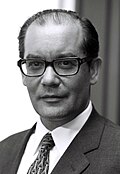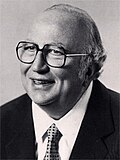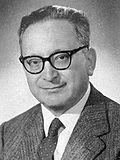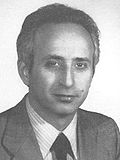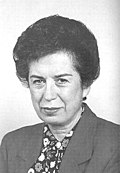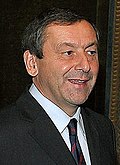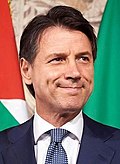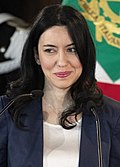This article needs additional citations for verification .(December 2022) |
| Minister of Education and Merit | |
|---|---|
| Ministro dell'Istruzione e del Merito | |
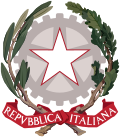 | |
| Ministry of Public Education | |
| Member of | Council of Ministers |
| Seat | Rome |
| Appointer | The president of Italy |
| Term length | No fixed term |
| Formation | 13 July 1946 |
| First holder | Guido Gonella |
| Website | www |
This is a list of Italian ministers of public education (Italian : ministri della pubblica istruzione) since the birth of the Italian Republic in 1946. The list shows also the ministers that served under the same office but with other names, in fact this ministry has changed name many times. The minister of public education leads the Ministry of Education, Universities and Research.
Contents
The current minister is Giuseppe Valditara, a member of the League who is serving since 22 October 2022 in the government of Giorgia Meloni. [1]









